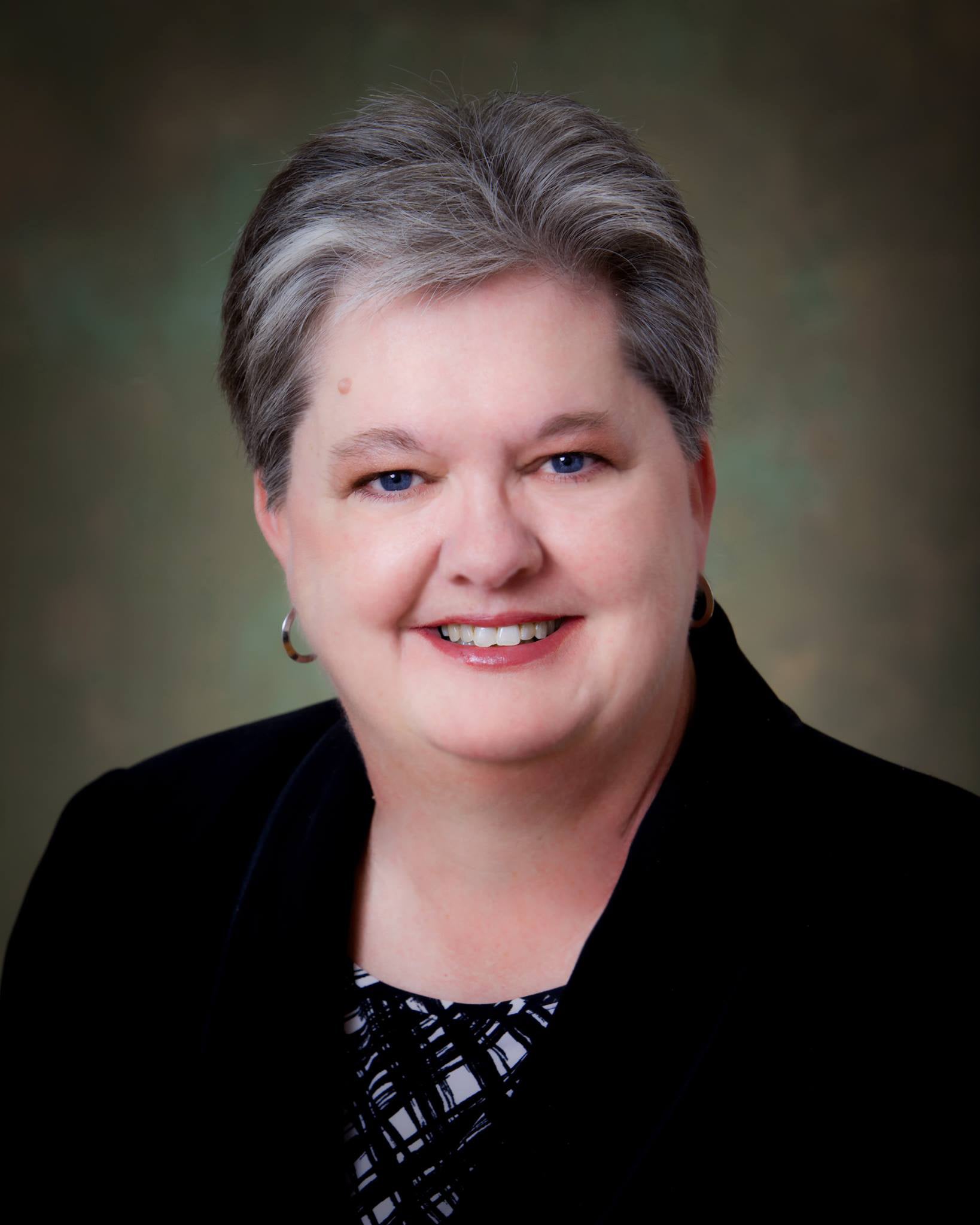Troy Chamber of Commerce held Tour of Homes in 1977
Published 7:44 pm Tuesday, July 11, 2023
|
Getting your Trinity Audio player ready...
|
In 1977, the Troy Chamber of Commerce was set to host its second tour of homes of six homes and two churches on College Street. The following article spoke about the history and families that lived on this historic street.

Dianne Smith
College Street in downtown Troy was a prominent center of political and economic power during the years from about 1870 to 1930, and it is still important today. A group of seventeen houses and a cemetery, comprising the College Street Historic District, shows the progress of this area of Troy from Reconstruction times to the present day.
Originally, the site was part of a farm belonging to James Strother Murphree, who came to Troy about 1845. It seems to have been selected as a residential area for two reasons. The first reason was its location, close to the Square, which in those days comprised much of Troy. Thus, residents of the area were within easy walking distance of the businesses of the city. Secondly, the area enjoys excellent drainage which in those days of unpaved streets was a distinct advantage.
This area, during this time, was a neighborhood of leaders in business and government, who dominated Troy, Pike County, and much of South Alabama. A chief justice of the Alabama Supreme Court–Judge Lucien Gardner–lived here. Charles A. Henderson, the governor of Alabama during World War I and mayor of Troy 1886-1891 was born in one of these homes, and built one of his own nearby in 1905. A U. S. Congressman, O. C. Wiley, lived here during the 1870’s and 1880’s, as did his brother, who was also a Congressman.
The prominent families in this area wielded much economic power. Jeremiah Augustus Henderson, the father of Charles A. Henderson, was one of the wealthiest merchants and land owners in southeastern Alabama. Charles Henderson became the first president of Troy Bank and Trust in 1906, and he founded what would become General Telephone Company of Alabama. Two of his brothers were president and vice president of the First Farmers and Merchants Bank of Troy. The Henderson’s, as well as O. C. Wiley, were prominent in railroading. L. M. Bashinsky, a German Jew, was a wealthy cotton broker and was also cashier of the First Farmers and Merchants Bank.
Indeed, four prominent families—the Henderson’s, Brantley’s, Murphree’s, and Wiley’s—amassed so much wealth that they became an elite group, an aristocracy. Marriages between these families were almost like the marriages of royalty. The prestige of these families actually led to some class feeling, and College Street was called “Silk Stocking Street” in jest by the average citizen of Troy during this period.
This area, the College Street Historic District, is today important in that it gives us a continuous link with Troy’s past, and in its record of the development of this influential neighborhood. It also gives us a glimpse of the lifestyle of the wealthy of that day.
All of these articles can be found in previous editions of The Troy Messenger. Stay tuned for more. Dianne Smith is the President of the Pike County Historical, Genealogical and Preservation Society.

